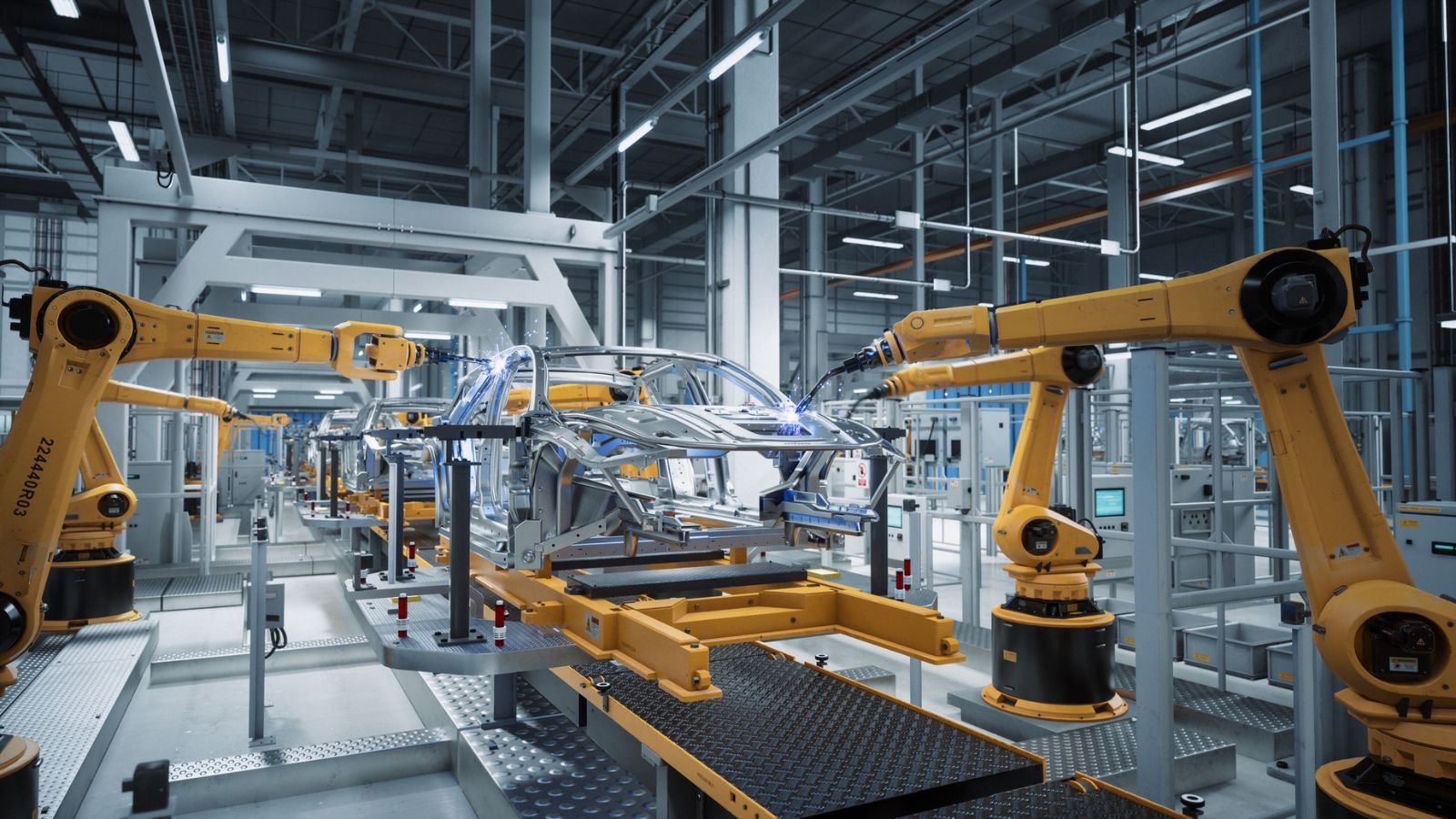Digital technologies can foster the circular economy – but what about their sustainability impact?

The Internet of Things, artificial intelligence, big data, blockchain and 3D printing. In the ongoing quest to develop a circular economy these kinds of digital technologies are expected to play a major role. But what exactly is their sustainability impact? "Our understanding of the social, economic and environmental impacts of a digital circular economy is still scattered,” says Utrecht University’s Laura Piscicelli, author of a new review published in Current Opinion in Environmental Sustainability. “Rebound effects are not well understood and empirical data is scarce. This leaves us with an incomplete picture of the sustainability of digital technologies expected to underpin the transition to a circular economy.”
With the world's resources under increasing strain, the need for sustainable solutions is greater than ever. A circular economy is a sustainable economic system in which the use of virgin resources is minimal and the value of existing materials is increased through reuse, repair and recycling. “Expectations are high when it comes to a circular economy enabled by data and digital technologies,” says Piscicelli, an assistant professor at Utrecht University’s Copernicus Institute of Sustainable Development who conducted a systematic review of 48 recent articles exploring the sustainability impact of such technologies.
Unequal attention
The total sustainability impact of a digital technology is the combination of three different types, or “orders” of impact. However, current research does not consider them equally. “Existing literature often only looks at the environmental impact of digital technologies and focuses mostly on a single company, sector or supply chain”, explains Piscicelli.
Existing literature often only looks at the environmental impact of digital technologies and focuses mostly on a single company, sector or supply chain
First-order effects are direct environmental, social or economic effects that arise as a result of production and transportation processes of these technologies, as well as their use and disposal.
“Beyond this, the focus is largely on positive second-order indirect effects caused by the implementation of digital technologies, while third-order rebound effects—indirect environmental impacts resulting from larger-scale changes caused by a technology—are often forgotten.”
For example, research may highlight the circular promise of a new robotic technology that increases energy efficiency in say, car manufacturing. A win for circularity? Maybe not. Piscicelli’s review shows that research is less likely to consider how more energy-efficient and therefore cheaper manufacturing could also lead to booming car consumption, leading to a gross underestimation of the technology’s overall environmental footprint.
We need balanced, evidence-based data to help inform policy decisions regarding the circular economy and the environmental and social impact of digital technologies, so that it is possible to build a truly sustainable digital circular economy
Balanced evidence-based research needed
Piscicelli argues that further research is important to help advance the circular economy. As she explains, most current studies only describe expected effects, rather than empirically observed ones “We need balanced, evidence-based data to help inform policy decisions regarding the circular economy and the environmental and social impact of digital technologies, so that it is possible to build a truly sustainable digital circular economy."
Publication
Piscicelli, L. (2023). The sustainability impact of a digital circular economy. Current Opinion in Environmental Sustainability, 61, 101251.

